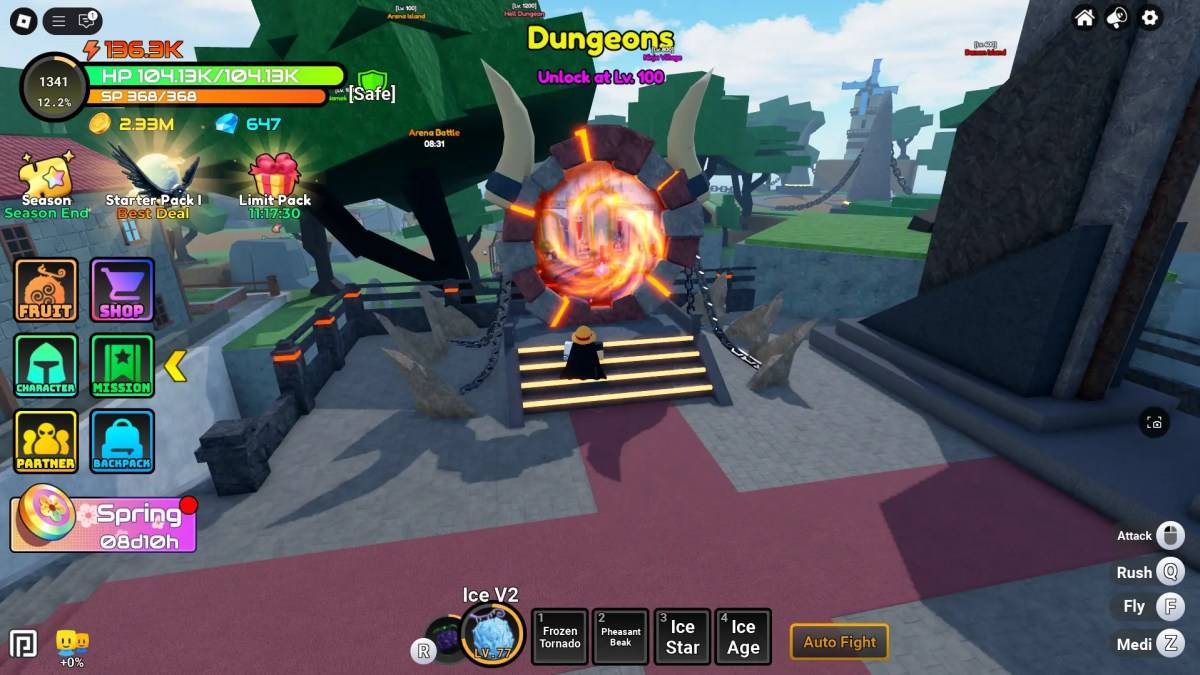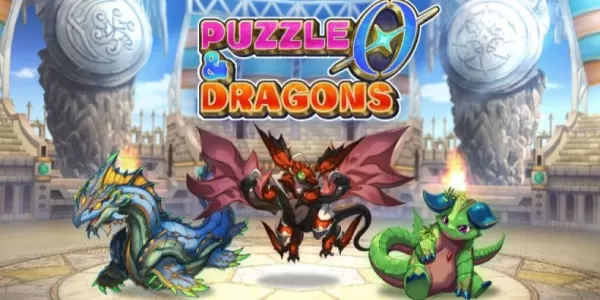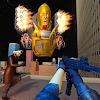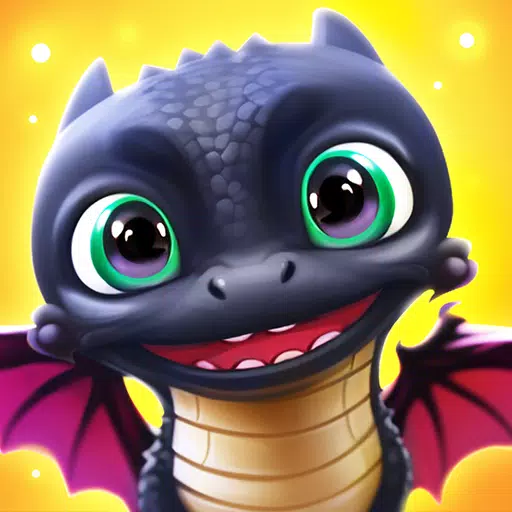In 2015, Don't Nod redefined interactive drama with Life is Strange, captivating players with its poignant portrayal of everyday life, enduring friendships, and the inescapable passage of time. Its meticulous detail and impactful choices resonated deeply. While subsequent games explored different genres, none quite recaptured that initial magic. Years later, Don't Nod returns to its roots with Lost Records, a coming-of-age story that transcends interactive cinema, offering a nostalgic ode to carefree youth.
With its evocative atmosphere, memorable characters, and unpredictable choices, Lost Records truly captivates. It's a game that expertly blends the charm of a bygone era with the compelling power of player agency.
Table of Contents
- Friends Reunite to Uncover Secrets from the Past After 27 Years
- Choices Still Impact Surroundings, Dialogues, and Relationships
- Bloom & Rage Creates Beautifully Imperfect Characters
- A Town Worth Dreaming About
- Slow-Paced Plot: The Defining Feature of the Story
Friends Reunite to Uncover Secrets from the Past After 27 Years
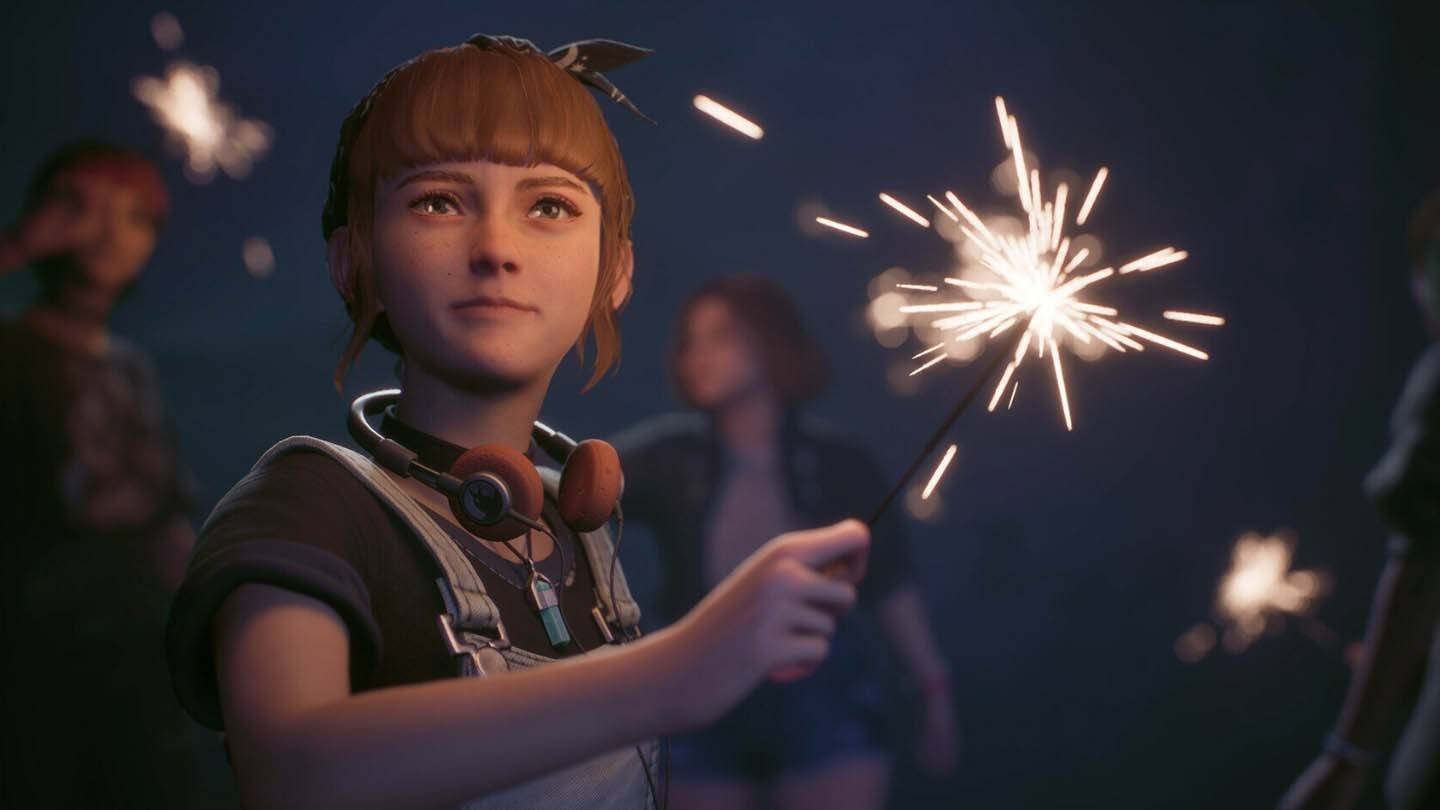
At the heart of Lost Records lies the story of four women whose friendship fractured 27 years prior. Swan Holloway returns to her hometown, Velvet Bay, for a reunion, only to discover a mysterious package from their shared past. A forest, an abandoned house, and long-buried secrets—forgotten memories resurface, bringing a summer night's dream back to life. This is the essence of Bloom & Rage: a relived dream.
The narrative unfolds across two timelines: 1995, a time of vibrant youth, and 2022, where the women, now in their forties, grapple with the awkwardness of their fractured past. The first-person camera perspective effectively highlights this contrast. However, the majority of gameplay takes place in the nostalgic setting of 1995.
Players explore stunning locations, build relationships, and document events using a vintage HVS camera. This video recording mechanic is key. Like Max in Life is Strange, Swan films everything—graffiti, wildlife, people, and even paranormal occurrences.
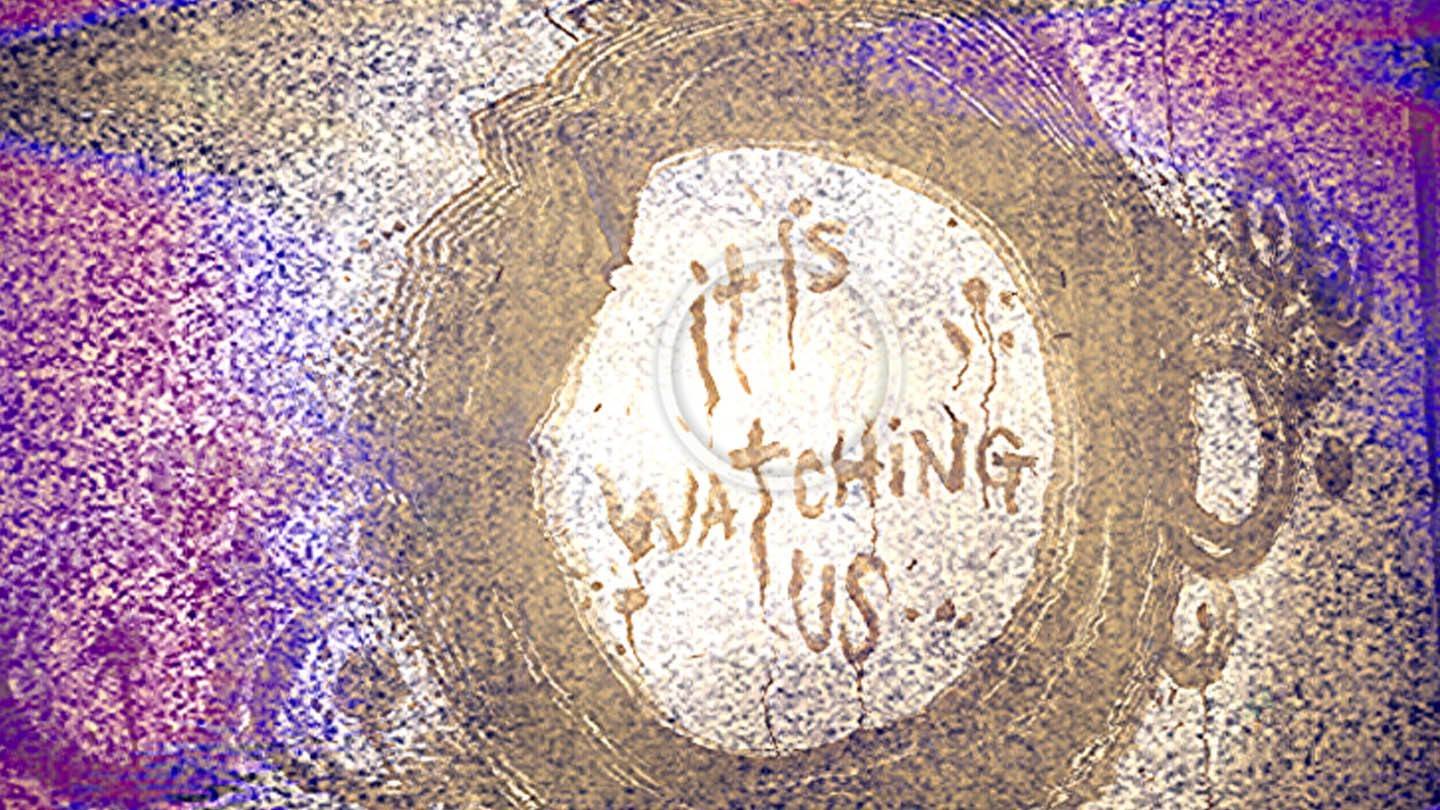
Collected footage can be edited into short films, categorized by theme, with Swan providing commentary. While these documentaries enrich the experience, they don't directly impact the main storyline.
Crucially, player choices shape the narrative, leading to both significant long-term consequences and smaller, nuanced effects. Given the episodic nature of the game, the long-term impact of choices is currently limited, a defining characteristic of the narrative structure.
Choices Still Impact Surroundings, Dialogues, and Relationships
Lost Records shines with the interactivity and attention to detail expected from Don't Nod. For example, Swan might express a desire for ice cream from a nearby truck. Choosing to buy it or ignore her craving alters subsequent conversations and events. The dynamic world adds to the game's charm.
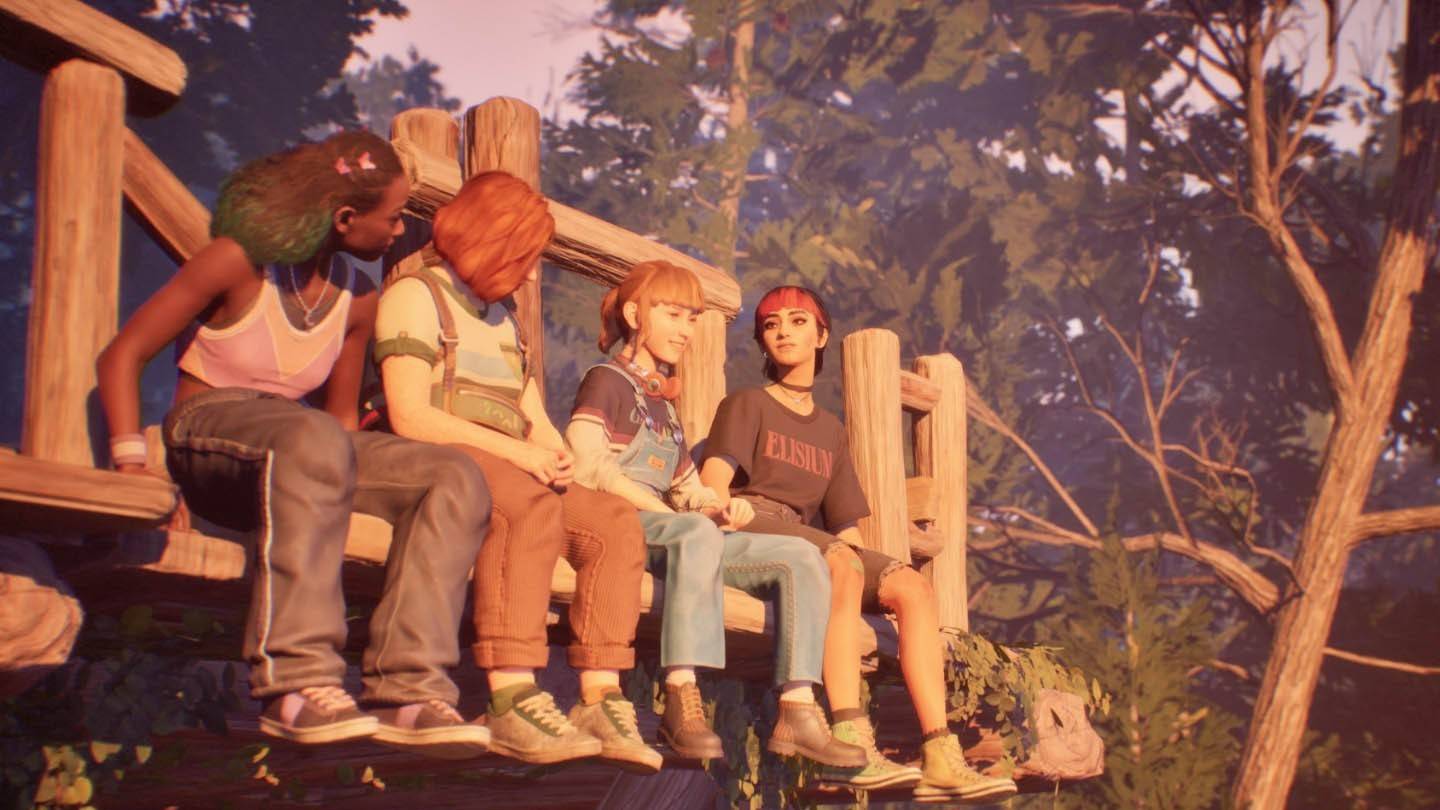
Real-time dialogues, reminiscent of Oxenfree and Telltale games, allow for interruptions, topic shifts, and even the option of silence—sometimes the most powerful choice. Building relationships feels organic; players aren't forced to seek everyone's approval. Swan's shy nature allows for a gradual and authentic connection.
Bloom & Rage Creates Beautifully Imperfect Characters
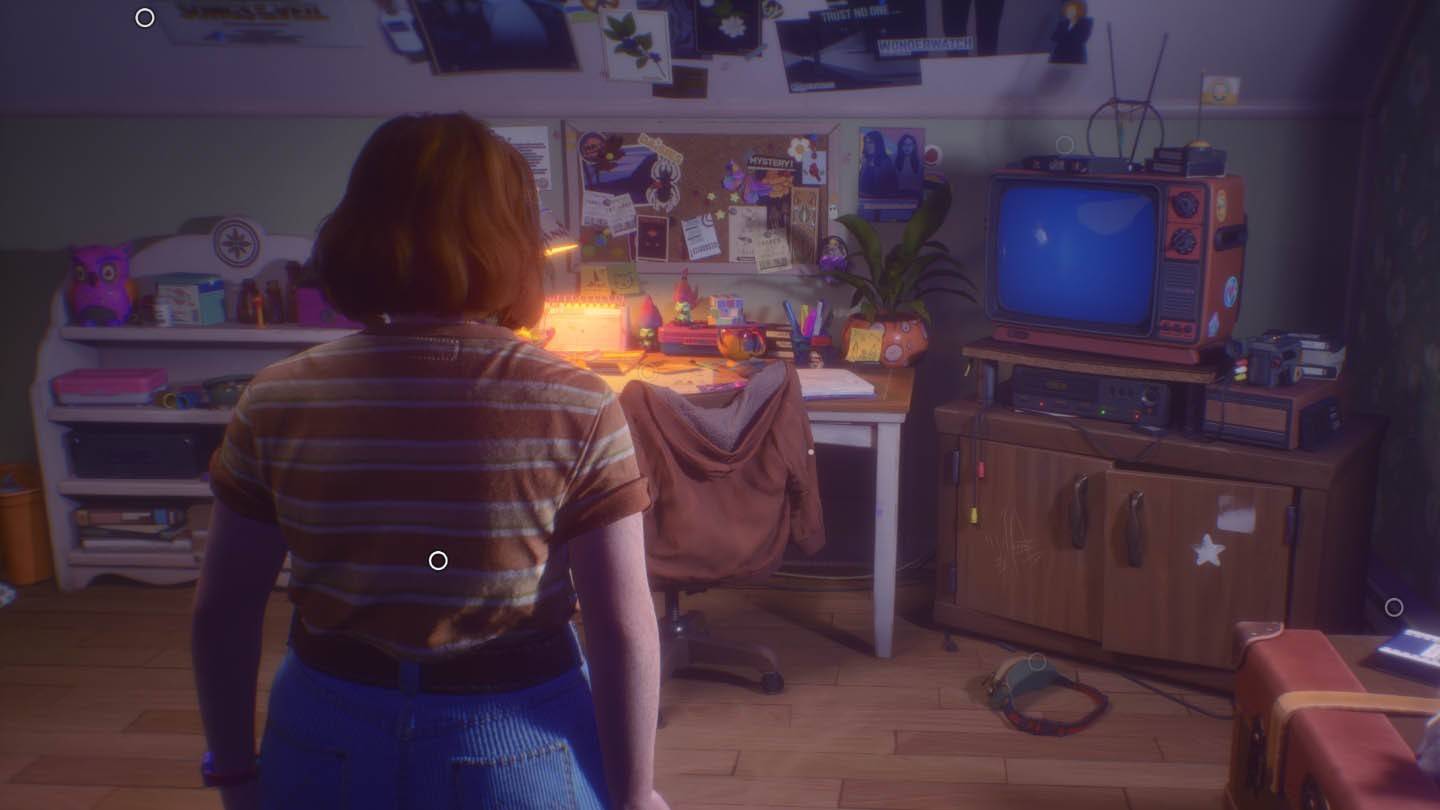
Don't Nod has crafted genuinely relatable characters: loud, sometimes clumsy in their youthful idealism, yet deeply sincere. Swan, the protagonist, is a charmingly ordinary 16-year-old who struggles with self-doubt, constantly worries about her words, and finds solace behind her camera lens.
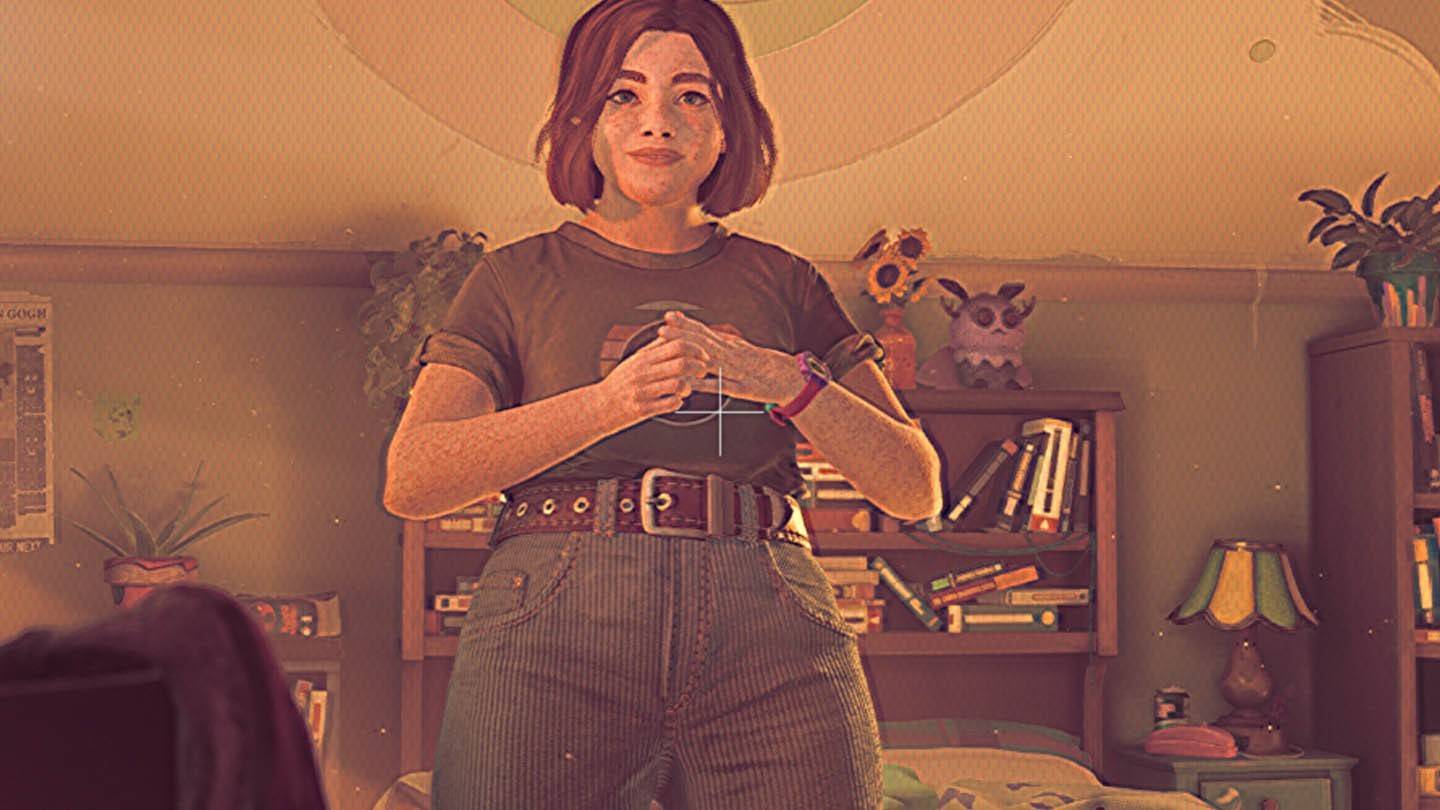
While her friends—Ottem, Kate, and Nora—embody familiar archetypes, they avoid cliché. Nora, the punk with American dreams, reveals a surprising cautiousness, contrasting with Kate's passionate and impulsive nature. Ottem appreciates thoughtful individuals. These characters evoke the feeling of teenage self-assuredness, regardless of the player's age.
A Town Worth Dreaming About
Nostalgia permeates every aspect, particularly Swan's room, filled with artifacts from the 90s: a bulky TV, floppy disks, Tamagotchis, and more—a treasure trove for millennials. The game is a blend of admiration and wistful remembrance.
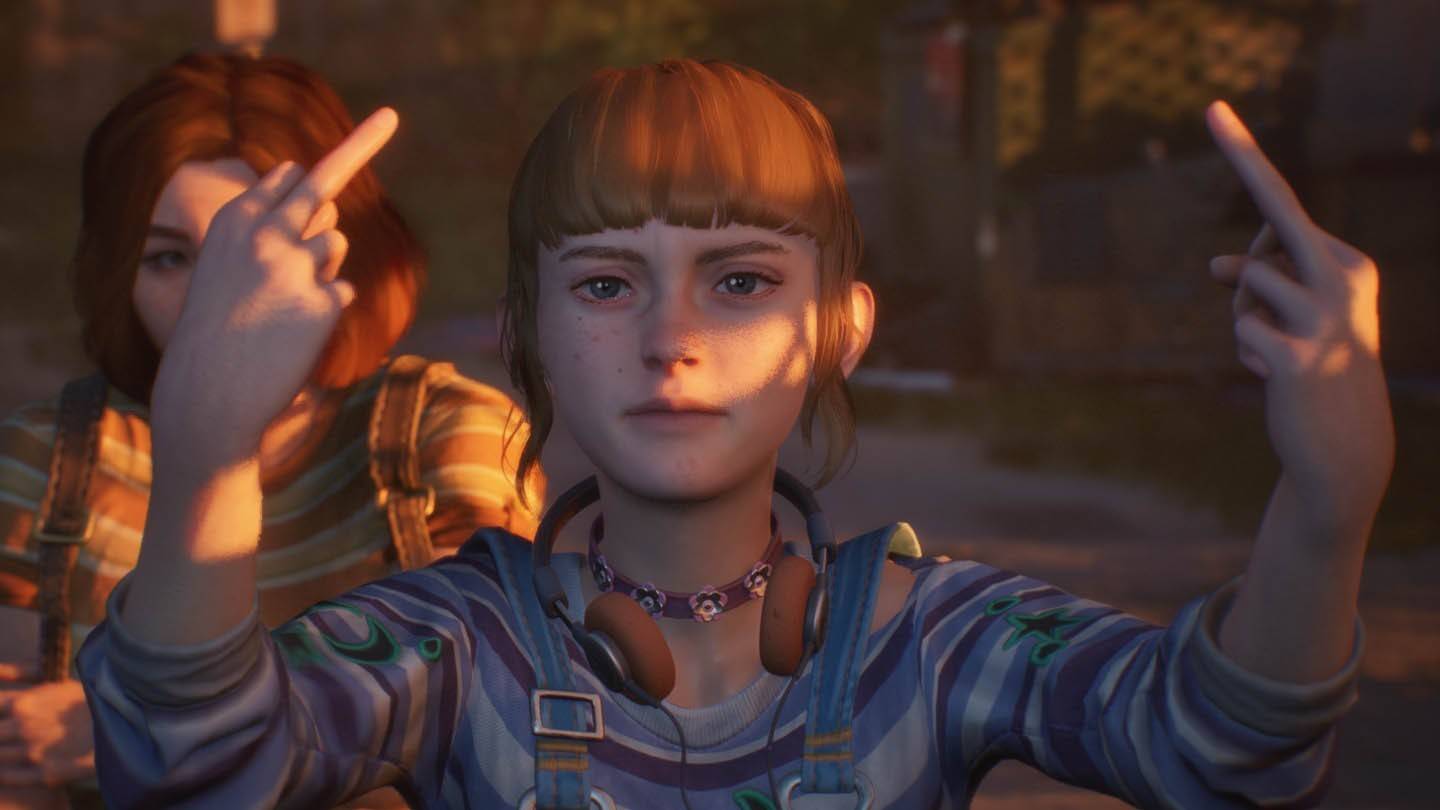
Pop culture references abound: Sabrina, The X-Files, Tank Girl, and more, alongside video games, books, and music from the era. The soundtrack, a blend of dream-pop and indie-rock, enhances the atmosphere. Velvet Bay itself becomes a captivating American town, cozy by day and chilling by night.
Slow-Paced Plot: The Defining Feature of the Story

The deliberate pacing might not appeal to all players. Unlike Life is Strange's quicker transition to mystery, Lost Records prioritizes character development and atmosphere. This deliberate pace allows players to fully immerse themselves in the 90s setting and strengthen bonds with the characters before the narrative shifts. The tension builds towards the second half of the first episode, culminating in a powerful cliffhanger that promises exciting developments in the next installment.
Lost Records: Bloom & Rage is a nostalgic journey, offering relatable characters, engaging interactions, and a promising story. Its ultimate success will be determined upon the release of the second part on April 15th.


